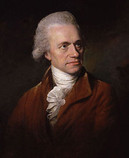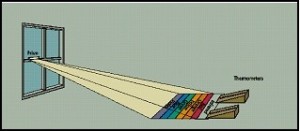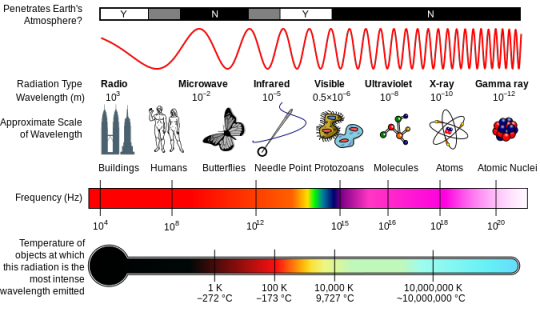What is Infrared?
 On 11 February 1800, Herschel was testing filters for the sun so he could observe sun spots. When using a red filter he found there was a lot of heat produced. Herschel discovered infrared radiation in sunlight by passing it through a prism and holding a thermometer just beyond the red end of the visible spectrum. This thermometer was meant to be a control to measure the ambient air temperature in the room.
On 11 February 1800, Herschel was testing filters for the sun so he could observe sun spots. When using a red filter he found there was a lot of heat produced. Herschel discovered infrared radiation in sunlight by passing it through a prism and holding a thermometer just beyond the red end of the visible spectrum. This thermometer was meant to be a control to measure the ambient air temperature in the room.

He was shocked when it showed a higher temperature than the visible spectrum. Further experimentation led to Herschel's conclusion that there must be an invisible form of light beyond the visible spectrum.

Infrared shows up between microwaves and visible light on the electromagnetic spectrum. This wavelength portion ranges from 1 to 15 microns. Visible light, what we see, is really electromagnetic radiation shown through colors of the rainbow. Radio, microwave, infrared, visible, ultraviolet, x-ray, and gamma ray are all varying forms of energy in the electromagnetic spectrum.
Our eyes only see a very narrow section of the electromagnetic spectrum. As the wavelengths change they interact with matter differently, that's where special instruments are needed to see what the naked eye can't. Warm objects emit infrared light or waves, the hotter an object is the shorter the wavelength. Special detectors in infrared cameras pick up these wavelengths and convert them so we can see the pattern of emitted energy.
This technology has allowed us to find warm bodies trapped in a smoke filled rooms and criminals hiding in total darkness. Infrared technology has allowed us to find countless problems in electrical and mechanical systems that otherwise would have gone undetected causing countless lose in production, downtime, energy, and even lives.
